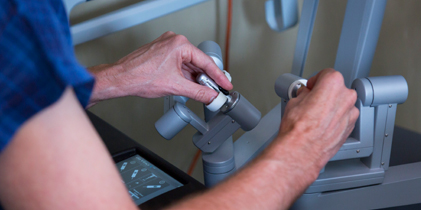
HEALTHCARE AND WELLNESS
Health dominates public expenditure and employment. We spend more than 10% of our GDP ($170.4b) on health, making it a prime candidate for innovation to both reduce costs and improve outcomes.
Healthcare and wellness in Australia
Australia has an ageing population and enjoys one of the highest life expectancies in the world (80.3 years for men and 84.4 years for women). Yet, more than one in two Australians suffer from a chronic condition, making wellness – freedom from disease – an important consideration.
Good health is not shared evenly across the Australian population. Indigenous Australians (3% of the population), those living in regional (32%) and remote (2.3%) locations, and in low socioeconomic areas, do not benefit from many medical advances to the same extent as other people in the nation. People living in regions such as the Torres Strait, Northern Territory, and remote areas of Victoria and South Australia are especially affected by lack of medical advice, with health outcomes consistently below average [NSH16]. This is a pressing issue given that the rate per capita of medical specialists in Australia is 1 per 1,000, and 10 per cent of Australians travel for more than one hour to consult a general practitioner (GP).
Health also dominates public expenditure and employment. Australia spends more than 10 per cent of GDP ($AU170.4 billion) on health, making it a prime candidate for innovation to both reduce costs and improve outcomes. The healthcare (and social assistance) industry is Australia’s largest employer, accounting for 13.3 percent of the working population, or 1.66 million people [ABS17-1, LM18]. It also accounted for 16 per cent of serious workers’ compensation claims in 2014-15, totalling 17,565 claims [SWA18]. Healthcare and social assistance workers are a key risk group for injury due to the nature of their daily work. Workers may be exposed to a range of hazards including highly toxic drug and chemical agents, workplace stress, and violence. They also perform physically-demanding and repetitive tasks such as lifting patients [SWA18]. They have one of the highest rates of work related injuries and illnesses, predominantly due to regular people handling.


Healthcare and social assistance workers may work in designated facilities such as healthcare and residential facilities or within...

New products and services related to robotics will continue to enter the existing market and create...

Australia is a wealthy nation with enviable healthcare, yet providing services to remote and...







